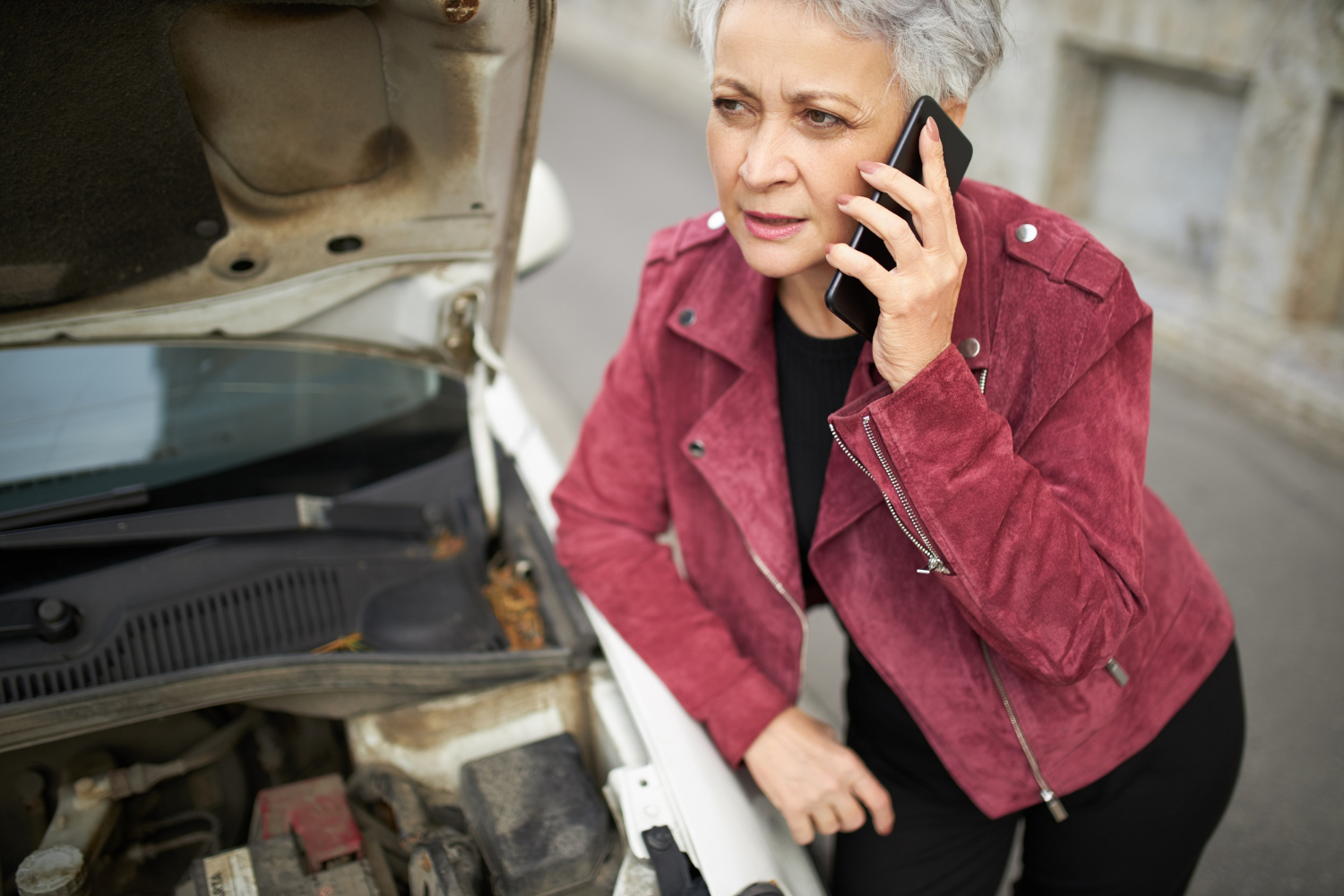RV accidents can be stressful, whether you’re on a weekend getaway or in the middle of a cross-country trip. After making sure everyone is safe, the next important step is knowing how to file an RV insurance claim quickly and correctly. Filing your claim the right way can help you get back on the road with minimal delays and out-of-pocket expenses.
This guide walks you through everything you need to know about filing an RV insurance claim after an accident—from the first steps at the scene to working with your insurance provider.
1. Make Sure Everyone Is Safe
Before dealing with insurance or damage:
-
Check yourself and your passengers for injuries.
-
Call emergency services if needed.
-
If the accident involved another vehicle, make sure the other driver and their passengers are safe.
-
If possible and safe, move your RV out of traffic to avoid further damage or accidents.
Safety comes first—always.
2. Call the Police and File an Accident Report
Even for minor incidents, it’s a good idea to report the accident to the police. In many states, a report is required if:
-
Anyone is injured
-
There’s significant property damage
-
A hit-and-run has occurred
The police report can help speed up your claim and serve as proof of what happened.
3. Gather Information at the Scene
You’ll need to collect important details to support your claim. Try to gather:
-
The name, phone number, and insurance info of the other driver(s)
-
Photos of the accident scene, damage to all vehicles, and any road signs or skid marks
-
The names and contact information of any witnesses
-
The police officer’s name and the accident report number
-
Date, time, and exact location of the incident
If you’re unable to move your RV, you may also need a tow truck—keep that receipt for reimbursement if it’s covered.
4. Notify Your Insurance Provider As Soon As Possible
Contact your RV insurance company immediately after the accident, either by:
-
Calling their claims department
-
Using their mobile app or online claims portal
-
Contacting your insurance agent directly
Be prepared to provide:
-
Your policy number
-
Description of what happened
-
Photos and documentation
-
Police report number (if available)
Some policies have deadlines for when a claim must be filed, so don’t wait.
5. Understand What Your Policy Covers
Your insurer will explain what your policy includes. Common coverages that apply to RV accidents include:
-
Collision Coverage – Pays for damage to your RV after hitting another vehicle or object
-
Comprehensive Coverage – Covers non-collision incidents (e.g., fire, theft, animal damage)
-
Liability Coverage – Pays for damage or injuries you cause to others
-
Personal Belongings Coverage – Covers damaged or stolen items inside the RV
-
Vacation Liability – Applies if someone is injured in or around your RV while it’s parked
If your RV is undrivable, ask about emergency expense coverage, which may help pay for lodging, meals, or transportation.
6. Work With the Claims Adjuster
After your claim is submitted, the insurance company may assign a claims adjuster to assess the damage and determine the payout.
They may:
-
Inspect your RV in person or through submitted photos
-
Request additional documentation or repair estimates
-
Approve a repair shop or recommend one in their network
-
Explain what’s covered, what isn’t, and what your deductible is
Tip: Keep records of every interaction with your insurer, including names, dates, and what was discussed.
7. Get Repair Estimates and Begin Repairs
Once the damage is assessed and approved:
-
Choose a qualified RV repair shop (your insurer may recommend one)
-
Get written estimates
-
Ensure you get approval before starting any work, unless it’s an emergency repair
If you use an out-of-network shop, confirm what costs the insurance will or won’t cover.
8. Track Expenses and Save Receipts
If your RV needs towing, repairs, temporary lodging, or replacement items, save every receipt. Many insurance policies reimburse these costs—but only with proper documentation.
9. Follow Up Until the Claim Is Resolved
Even after filing the claim, stay in contact with your insurer. Don’t assume everything is being handled behind the scenes. Ask for updates if you haven’t heard back within a few days.
If your claim is delayed or denied:
-
Request a written explanation
-
Review your policy details
-
Speak with your agent or escalate the issue within the company
You can also contact your state’s department of insurance if you believe your claim is being handled unfairly.
10. Review and Adjust Your Coverage After the Incident
After the dust settles, take the opportunity to review your coverage:
-
Were you underinsured or missing key protection (like roadside assistance)?
-
Do you need to increase liability limits or add comprehensive coverage?
-
Are you storing valuable belongings in the RV that aren’t currently insured?
Use the claim as a chance to fine-tune your policy before your next trip.
Filing an RV insurance claim after an accident may seem overwhelming, but staying organized and following the right steps will help speed up the process and reduce stress. With the proper coverage and quick action, you’ll be better prepared to handle the unexpected and get back on the road.

